Notes
Posing the Dead with their Vices: Media Fascination a Matter of Race?
This is an unremarkable photograph: A young, brown-skinned man dressed in a blue adidas jacket and hat sits at a dominos table, blade-style sunglasses covering his eyes. His left hand holds a domino in reserve while he seems about to lay a condom on the table with his right. The rest of the dominos spread haphazardly over the table in no recognizable state of play; a jukebox and metal folding chair clutter the left side of the photograph.
This photograph of Jomar Aguayo playing condom dominos seems strikingly out of place in Reuters’ “Photos of the Week” slideshow for October 18-24. The four preceding photographs in the slideshow feature an “about to die” moment in Hebron, a rather Orientalist scene from North Korea, a post-victory celebratory kiss between Justin Trudeau and his wife, and an even-more Orientalist portrait of a Chinese man who has pierced his cheeks with knives as part of a vegetarian festival in Thailand. Those first four “Photos of the Week,” in other words, are standard slideshow fare. They capture particularly newsworthy events (Trudeau’s election, violence in Israel and Palestine) or particularly powerful pictures (Kim Jong Un’s entourage, the festival participant). The Aguayo photograph appears to fit neither category until viewers turn to the caption, learning that Aguayo is deceased. The photograph shows a scene from his wake.
As someone who studies visual culture, I am intrigued by the funeral practice captured in this photograph. The performance of life-after-death in Aguyo’s wake suggests that friends and family craved a final sight of their loved one that showed him engaged with daily life. Aguyo’s funeral becomes a memento mori that retains a spark of who he “really” was.
There is much to say here about still lives (nature morte), performance, and our urge to capture the ephemeral. However, as someone tasked specifically with writing about photography, my mind moves in another direction. There is a striking, potentially troubling difference between the wake itself and the photograph of it in Reuters’ “Photos of the Week.” That difference is exacerbated by the fact that news coverage of this funeral phenomenon has been distinctly radicalized.
Before I tackle that point directly, however, allow me to offer a brief history of post-mortem photography. Photographs of the dead became popular almost as soon as photography became a publicly accessible medium. Families commissioned photographs of loved ones lying in repose; soldiers sent daguerrotypes home from the front both to connect with their families and to provide what might be a last glimpse of themselves; they also carried photographs of their families in their breast pockets as they marched into battle. These were generally private images, intended to circulate among intimates and preserve a family connection.
Over time, as Cara Finnegan notes, some of these images moved into public view and helped wider audiences picture the tragedy of war. This not-coincidental link between photography and death also led to spectacle. In the 1860s, William Mumler built a thriving business in “spirit photography” by promising to provide customers with ghostly photographs of deceased loved ones. Mumler was eventually brought to trial for fraud, and his practices gained national notoriety. Though Mumler was not convicted, he lost credibility after his trial and dropped out of the spirit photography business. Still the practice lasted into the early twentieth century with Houdini himself demonstrating, or rather, exposing its magical potential.
What I can’t quite decide is whether the photograph of Jomar Aguayo’s wake is more like those historical private images of mourning or the exploitative sensation of spirit photography. At the risk of falling into iconophobia, I’m inclined to suggest that the photograph—but not the wake itself—fits into the latter category.
Here’s why: According to news coverage, these wakes are a rare but perhaps increasingly popular phenomenon centered in Puerto Rico and New Orleans where there are funeral parlors willing and able to stage them. The Aguayo photograph and many of the photographs featured in a 2014 New York Times article about the phenomenon feature people who are racially marked by skin color, location, and clothing. The photographs also capture scenes rife with additional markers of race, class, and ethnicity that had personal meaning for the deceased and their family, but easily seen by outside audiences as corroborating stereotypes of difference.
The NYT article aids that perspective by quoting the president of the Puerto Rico Funeral Home Association who criticized the practice by saying, Trump-like, that:
These people—not all of them, but some of these people who had these funerals—belonged to the underworld and had a life of fast money.
Likewise, both the NYT article and the caption for Aguayo’s photograph repeatedly highlight violent causes of early death. These photographs quickly turn, then, from mementos through which the deceased maintain some control over how they are remembered into scenes of subjection through which national audiences view the short, sordid lives of others.
Given how frequently U.S. viewers have gazed at scenes of dead and dying African Americans in the last few years, and in light of increasing discussion about whose body merits respect, it’s hard for me to see the Reuters slideshow outside a racialized visual economy that makes only certain bodies available for public viewing and then—Hottentot Venus-like—treats those bodies as marvelous oddities.
— Christa Olson
(photo: Alvin Baez/Reuters caption: The dead body of Jomar Aguayo is seated at a table with domino tiles and with a condom placed in one of his hands in San Juan, October 19, 2015. Aguayo’s family decided, with the help of a funeral home that specializes in embalming techniques, to have him sit at a table at his mother’s bar for the wake. Aguayo was 23 years old when he was shot dead during a shootout, according to local media;photo 2: Library of Congress Prints and Photographs Division caption: Harry Houdini and the Ghost of Abraham Lincoln photo 3: Percy McRay/Reuters caption: At the family’s request, a funeral home in New Orleans posed the body of Miriam Burbank for her service this month.
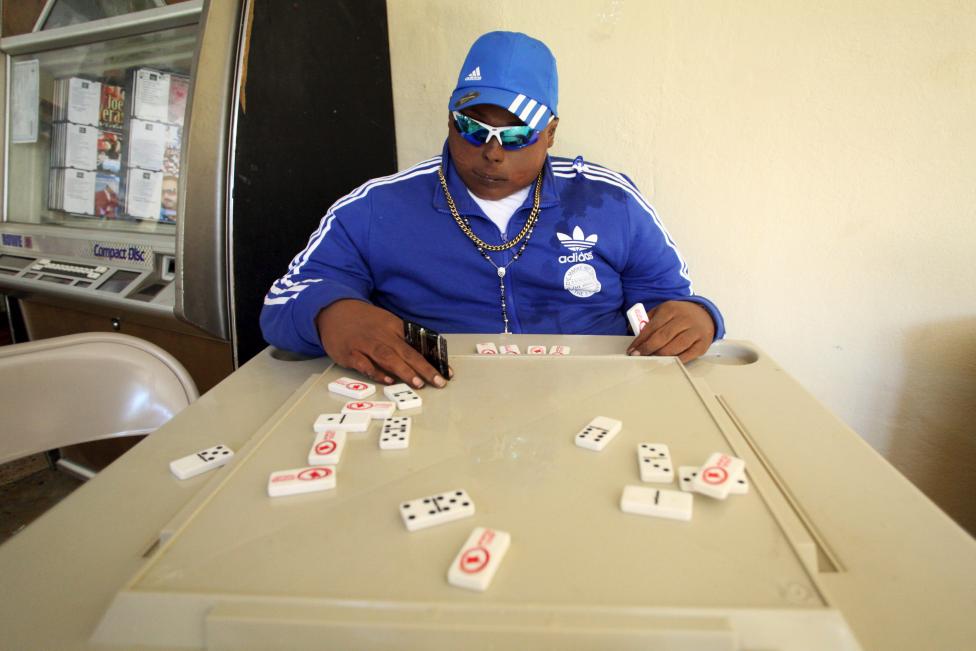
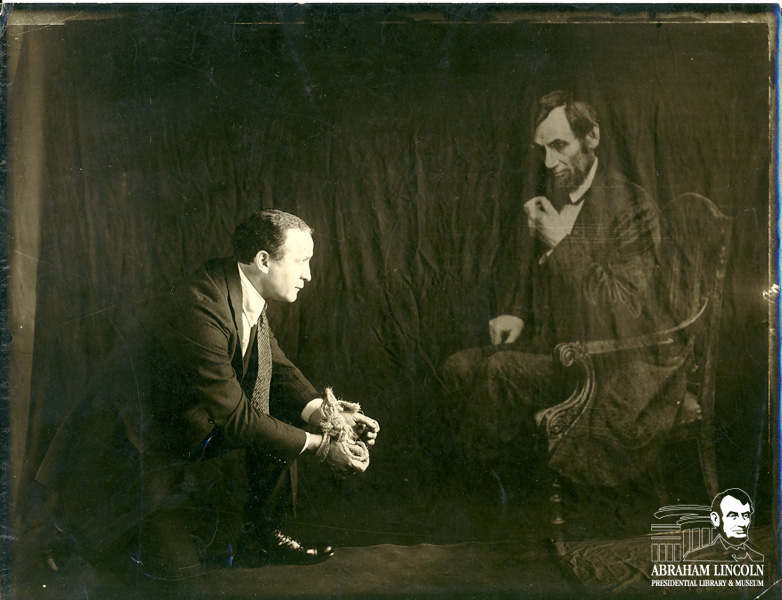
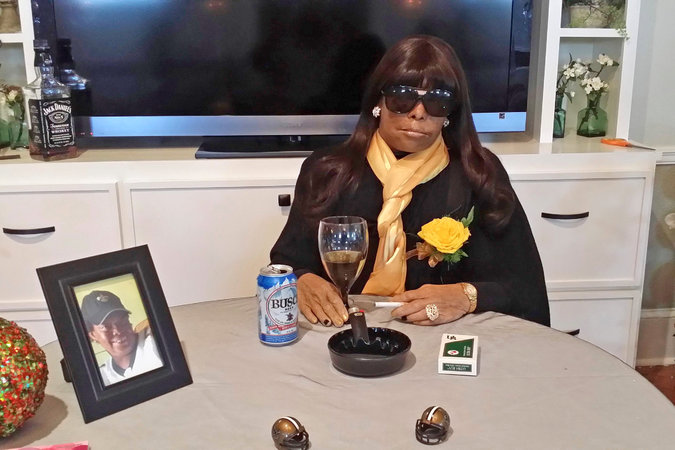
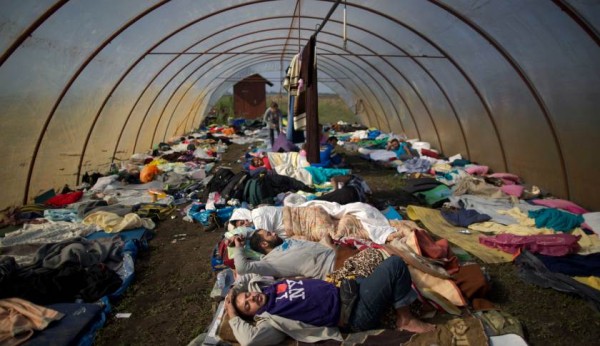
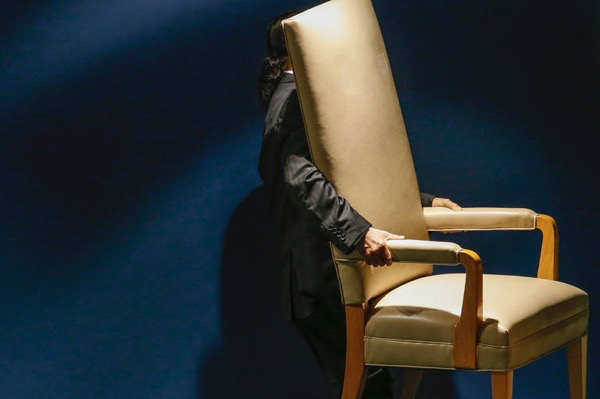
Reactions
Comments Powered by Disqus